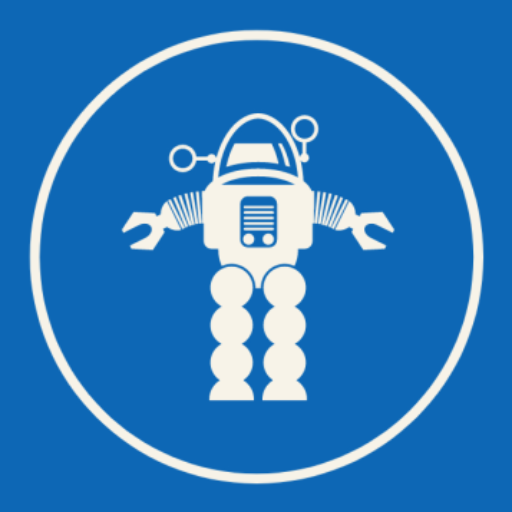Latest from MIT : Julie Shah named head of the Department of Aeronautics and Astronautics
Julie Shah ’04, SM ’06, PhD ’11, the H.N. Slater Professor in Aeronautics and Astronautics, has been named the new head of the Department of Aeronautics and Astronautics (AeroAstro), effective May 1. “Julie brings an exceptional record of visionary and interdisciplinary leadership to this role. She has made substantial technical contributions in the field of…
